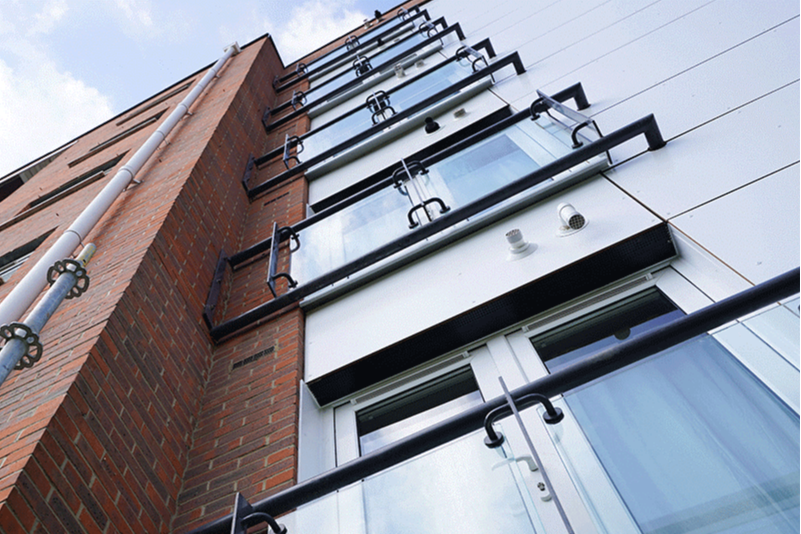‘Unprecedented’ volume of river traffic poses risk of another Marchioness tragedy, says expert
A marine engineering specialist has warned that building the Garden Bridge at the same time as the so-called super sewer would be an “unnecessary and reckless risk”.
He said the unprecedented volume of river traffic would increase the chances of a disaster like the Marchioness tragedy in which 51 people drowned when a pleasure boat was hit by a dredger and sank.
Tim Beckett, founder of global marine civil engineering consultancy Beckett Rankine, said the schedules of both projects had shifted, resulting in a “clear and apparent clash” at Blackfriars, the stretch of the Thames which already has the greatest number of collisions.
The Garden Bridge Trust disputes this. A spokesperson for the Garden Bridge Trust said: “We have been in extensive dialogue with the TTT to ensure that our respective works are fully integrated with no construction clashes.”
The construction of the super sewer (the Thames Tideway Tunnel or TTT) will see a tripling of freight. The river is experiencing a boom in leisure craft and the construction period will also coincide with boats carrying waste from construction works on the Northern line extension and Fulham Football Club, he said.
In a letter to the government’s Marine Maritime Organisation, Beckett wrote: “During this unprecedented level of river traffic Blackfriars No.2 arch will be closed for the TTT works further increasing navigational risk in Kings Reach.
“To then add the two Garden Bridge cofferdams on top of all these other increased risks would, I believe, be an unnecessary and reckless risk.
“The likelihood of a major collision between a passenger vessel and a large freight vessel, such as happened 27 years ago with the Marchioness and Bowbelle, is simply too great.”
The MMO has since granted a licence to the Garden Bridge Trust to build in the Thames with a long list of mitigation measures such as river closures and contraflows which Beckett described as “onerous” and which would affect other river users.
“There’s a question mark over the practicality of these mitigation measures,” he said.
“The most effective risk mitigation measure available is to delay the Garden Bridge until the peak of the TTT traffic has passed [in 2018]. That would be sensible and prudent.
“The TT has started and the Garden Bridge hasn’t. The TT is essential infrastructure for London and I don’t think many people think the Garden Bridge is essential infrastructure for London.”
Modern boats like the Thames Clippers are built to resist sinking but older boats still ply the Thames.
“If one of these were rammed by a freight vessel like the Marchioness they would sink extremely quickly,” said Beckett.
The Garden Bridge still requires a licence from the Port of London Authority, but that does not involve a public consultation and the terms of any licence will not be publicly available as the PLA does not count as a public body.



























No comments yet